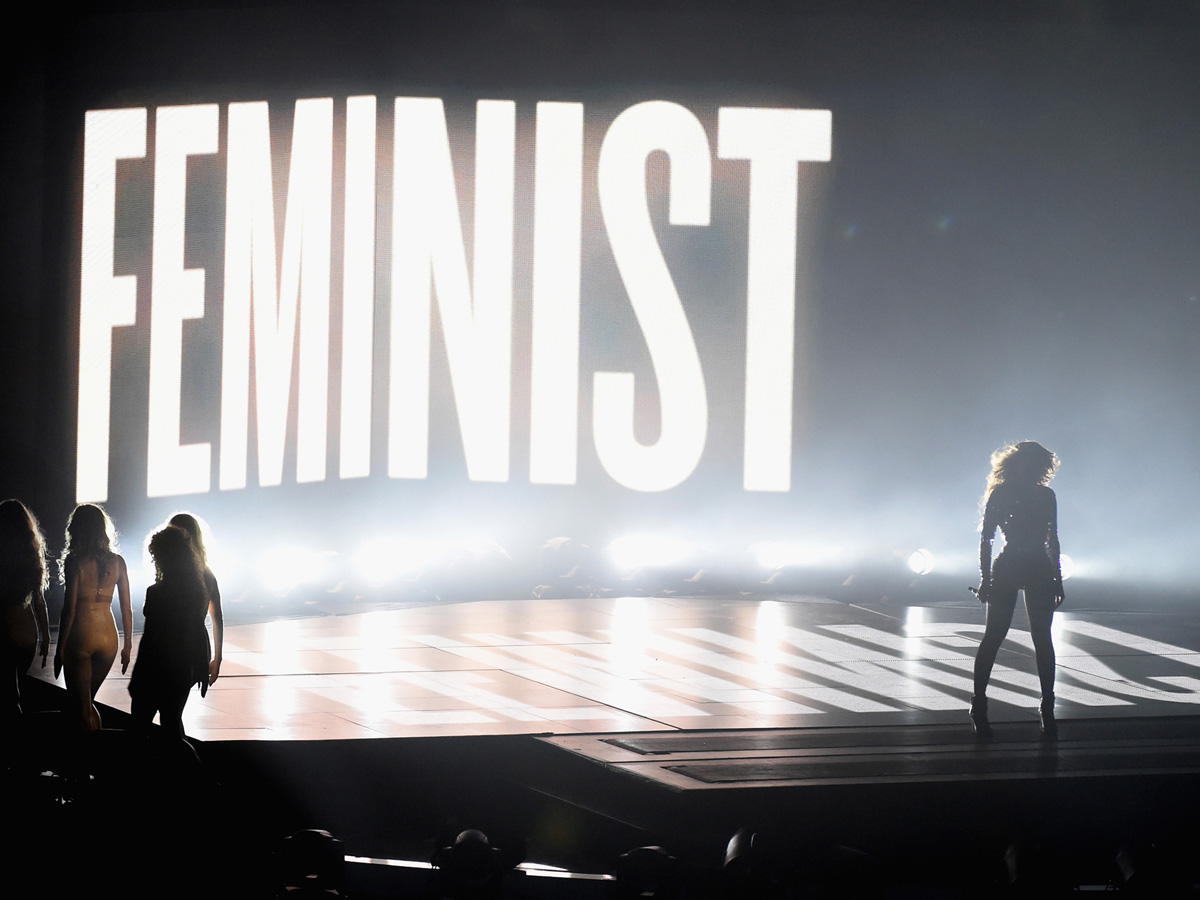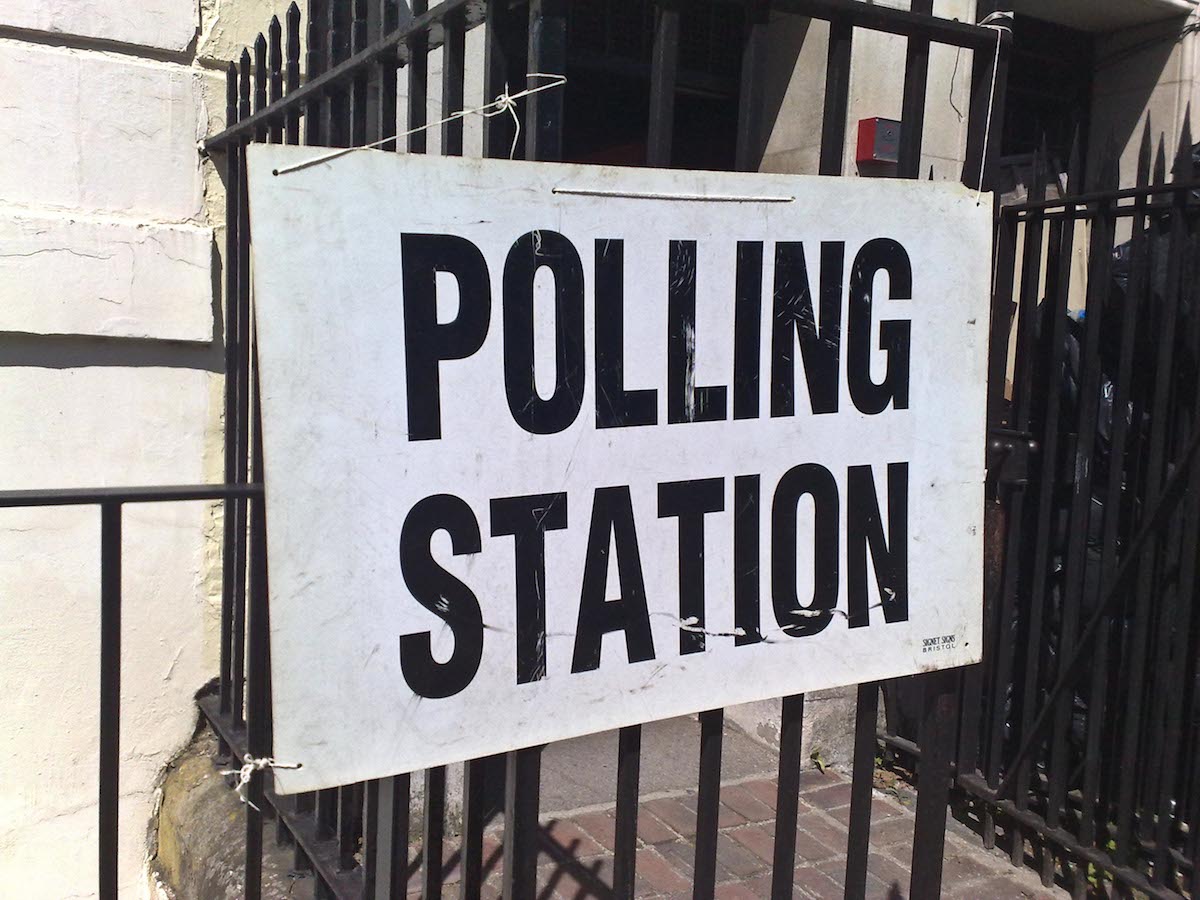We Need To Talk About Gender (and the Media)
Nat Jester explores the negative portrayal and representation of gender in the media and asks, what should we do about it?
Have you ever seen an advert that you didn’t like, but you couldn’t quite put your finger on why that was? Perhaps it was a film, or a news article or a Facebook page, it almost makes no difference; most media is pretty sexist to be honest. I want to introduce you – or remind you – about a few important, but really rather simple, ideas that will help you unpick the gendered media for yourself. Sounds good? Let’s get started.
Apparently, women want a well-fitting pair of jeans, a cup of Sleepytime tea, pilates classes and a bagless vacuum cleaner
1. Representation
Representation looks at the way in which subjects and objects are constructed, and how they relate to each other. Stuart Hall is probably the most famous person to write about this, in a wonderfully accessible book called, surprisingly, ‘Representation‘. Consider it like this: how are ideas attached to other ideas? When society thinks of the idea ‘women’, the other ideas linked to that will be different to the ideas linked to ‘men’. A good example of this is the American TV show Jeopardy, where a category is chosen – in this case ‘What Women Want‘ – and clues are given in order to help the contestants get the answers.
Apparently, women want a well-fitting pair of jeans, a cup of Sleepytime tea, pilates classes and a bagless vacuum cleaner (not exactly top of my Christmas list, I can assure you). Turn the category around: what might Jeopardy think men want? Probably sports, cars and beer. The women’s category shows that women want to look good (jeans, pilates) and keep a nice home (the vacuum) – characteristics seen as desirable by men – while the man’s category is more likely to be about having fun.
It basically means that female characters in the media are usually created with men in mind
2. The Male Gaze
This is probably one of the most influential ideas when it comes to looking at the media. The phrase was coined by Laura Mulvey in 1975: ‘the determining male gaze projects its phantasy onto the female figure which is styled accordingly’. Looks complicated? Not really. It basically means that female characters in the media are usually created with men in mind. It is why Spiderwoman was put into a hilariously sexual pose (she won’t be catching any criminals like that), and why women are so often used as decoration in video games (if you want to hear more about video games in particular, look up Anita Sarkesian). More information here and here.
All of these things concern women, but they are dealt with differently due to another aspect of the women’s identity.
3. Intersectionality
The term intersectionality was created by Kimberlé Crenshaw to show that people who are in a certain identity group can experience things differently to one another because they do not share other identity groups. Her example is black women; although women might have many things in common, their experience of the world will be different to women who are not able-bodied or do not share the same race or class. These parts of your identity are not separate, but all come together to create the unique way in which you travel through the world. Once again, this is reflected in the media, where pornography treats black women differently, while Asian women function only as a minor love interest in Harry Potter. Compare also the media treatment of the women on ‘Benefits Street’ with Nigella Lawson’s admission of taking cocaine. All of these things concern women, but they are dealt with differently due to another aspect of the women’s identity.
1) it must have two women in it, who are named 2) these women have to talk to each other 3) about something that isn’t a man
4. The Bechdel Test
Writing ten years after Laura Mulvey, Alison Bechdel noticed that not much had changed. Thinking about film, she created the Bechdel test and it has become a bit of a classic: 1) it must have two women in it, who are named 2) these women have to talk to each other 3) about something that isn’t a man. Doesn’t sound that hard, right? Well, you’d be surprised. The fact that so many films fail this apparently simple test is almost impressive: from ‘The Hobbit’, to ‘The Avengers’, to ‘How to Train Your Dragon’ (super long list here), women are either missing or one dimensional. Although the test isn’t perfect, the massive amount of films that don’t pass remind us why it matters. Perhaps unsurprisingly, films that do pass the Bechdel Test actually often make more money at the box office… [aside: I once wrote about a similar test for race – ed.
Commodification just means that something is turned into a product to be sold
5. Commodification
Long word, simple meaning. Commodification just means that something is turned into a product to be sold. In the case of the media, this means that women become objects – even pieces of meat – rather than human beings. It might seem obvious, but it is important to remember that companies are always trying to sell you stuff; if you’re fine just as you are, you won’t be spending your hard earned cash. In 2013, UK companies spent £17.9 billion on advertising trying to get you to do just that. Let’s take the Dove Campaign for Real Beauty. At first glance, it seems like a positive campaign to change the definition of beauty, and while it’s great to see media aimed at women, they aren’t putting in this much effort out of the goodness of their heart, but to sell their products.
there is an ideal type of masculinity in each culture, and that it’s superior to femininity
6. Hegemonic masculinity
This is RW Connell’s concept that there is an ideal type of masculinity in each culture, and that it’s superior to femininity (I think we’ve covered the second bit already…). In western countries, this pretty much means that you’ve got to be a man – women can be masculine, too – straight, white, able-bodied, and desired by women. This representation is absolutely everywhere in pop culture. Aftershave adverts are a particularly bad offender – have a look at these ones that all follow almost exactly the same formula. Thinking back to representation, you can see how the concept of ‘masculine ideal’ is linked to ‘muscular’ for example (also watch out for our old friend the ‘male gaze’). Between aftershave ads and, say, the massive amount of films featuring macho men and weapons, other types of masculinity aren’t really given much space. If you want to read more about the differences between masculinities in different cultures, have a look at Hofstede’s fascinating work Masculinity and Femininity: The Taboo Dimension of National Cultures.
This article is based on a workshop I am running with Prof. Jutta Weldes at the University of Bristol for the ESRC-sponsored Thinking Futures Festival
It would appear that sexism and misogyny is rife in popular culture. What do you think of this list? Do you agree? Tell us your examples on Twitter: @rifemag










